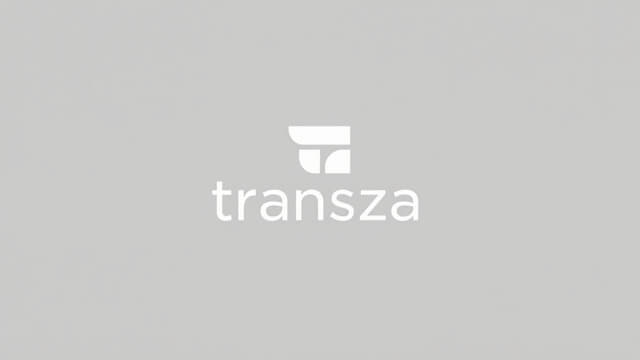When dealing with loans, mortgages, or financial investments, you may come across the term ‘transza,’ especially in the context of Polish or European finance. While it might sound complex, the concept of a transza is actually quite practical and widely used. It refers to a portion or installment of a larger financial arrangement. Understanding what a transza is, how it functions, and where it applies can help both individuals and businesses navigate financial transactions more effectively, especially when managing large-scale funding or staged disbursements.
Definition of Transza
The word transza originates from the French word tranche, meaning a slice or portion. In financial terminology, a transza is a part of a total amount of money whether it’s a loan, investment, or disbursement that is released or used in stages. Instead of receiving or allocating the entire amount at once, the total sum is divided into multiple parts, each called a transza.
Where the Term is Commonly Used
Although transza is commonly used in Polish financial language, its meaning aligns with international finance practices, especially in:
- Mortgage loans
- Investment funds
- Construction financing
- Government grants and EU funds
- Corporate bond issuances
Each of these financial activities involves transactions where the full amount is not paid or utilized at once but is divided into manageable or conditional portions.
Transza in Mortgage Loans
One of the most common contexts where transza is used is in real estate and mortgage financing. When purchasing property, especially one that is under construction or part of a development project, the bank may release the mortgage funds in several transze (installments).
How It Works
Suppose you’re buying an apartment that is still under construction. The total mortgage approved by your bank is PLN 400,000. Instead of transferring the entire amount to the developer at once, the bank may release it in three or four transze:
- First transza: For land purchase or foundation stage
- Second transza: After structural completion
- Third transza: After roofing and installation
- Final transza: After completion and handing over
This system protects the bank and the buyer by ensuring that money is only released when construction progresses as agreed.
Advantages of Mortgage Transze
- Reduces financial risk
- Aligns payments with construction milestones
- Helps track project progress
- Limits borrower’s interest payments initially (as interest accrues only on released amounts)
Transza in Investments
Transze also play an important role in investment products such as bonds or structured finance deals. In this context, each transza represents a part of the investment offering that may differ in terms of interest rates, maturity dates, or risk levels.
Example in Bond Markets
A company may issue corporate bonds in multiple transze over a year, adjusting each to market conditions or strategic needs. The first transza might offer a 5% interest rate, and the second issued later might offer 4.5% due to changing market rates.
Transza Allocation in Investment Funds
Investment funds, particularly in real estate or infrastructure, may collect capital in transze based on investor commitments and project needs. This ensures that funds are not sitting idle and are matched to cash flow requirements.
Transza in EU Funding and Grants
In the public sector, the concept of transza is frequently applied in distributing funds from government or EU projects. Whether it’s for road construction, environmental projects, or educational programs, funding is typically provided in phases.
- Initial transza: For startup activities like planning or land acquisition
- Middle transze: For construction, procurement, and implementation
- Final transza: Released after completion and audit of results
Each transza is often tied to the successful delivery of project milestones and compliance with reporting requirements.
Key Benefits of Using Transze
Dividing payments or financing into transze offers numerous advantages across various sectors:
- Improved cash flow management: Helps distribute expenses or funding over time
- Reduced risk: Prevents misuse of large one-time disbursements
- Performance-based financing: Encourages accountability and progress in project execution
- Greater transparency: Tracks and documents financial flow more effectively
Risks and Considerations
While the transza system is generally beneficial, there are some considerations to keep in mind:
- Delays in release: If project milestones are not met, the next transza may be withheld, causing delays
- Administrative complexity: Managing multiple transze requires documentation and coordination
- Changing conditions: Interest rates, material costs, or regulations may shift between transze, affecting budgets
Proper planning, legal agreements, and communication between all parties involved help mitigate these risks.
Legal and Contractual Aspects
In any transza-based agreement, the terms and conditions should be clearly defined in the contract. This includes:
- Amount and timing of each transza
- Milestones or conditions required for release
- Consequences of delays or non-performance
- Payment method and documentation
Whether it’s a mortgage agreement, a construction contract, or a public project funding agreement, clarity in transza conditions is crucial to avoid disputes and ensure smooth financial flow.
Understanding what a transza is and how it functions can make a big difference in managing financial commitments effectively. Whether you are a borrower, investor, contractor, or public sector manager, dealing with funds in clearly defined transze adds control, transparency, and alignment with real progress. As financial systems continue to evolve and grow more sophisticated, the use of transze in structured funding and staged disbursement remains a reliable and practical approach for ensuring accountability and minimizing financial risk.
